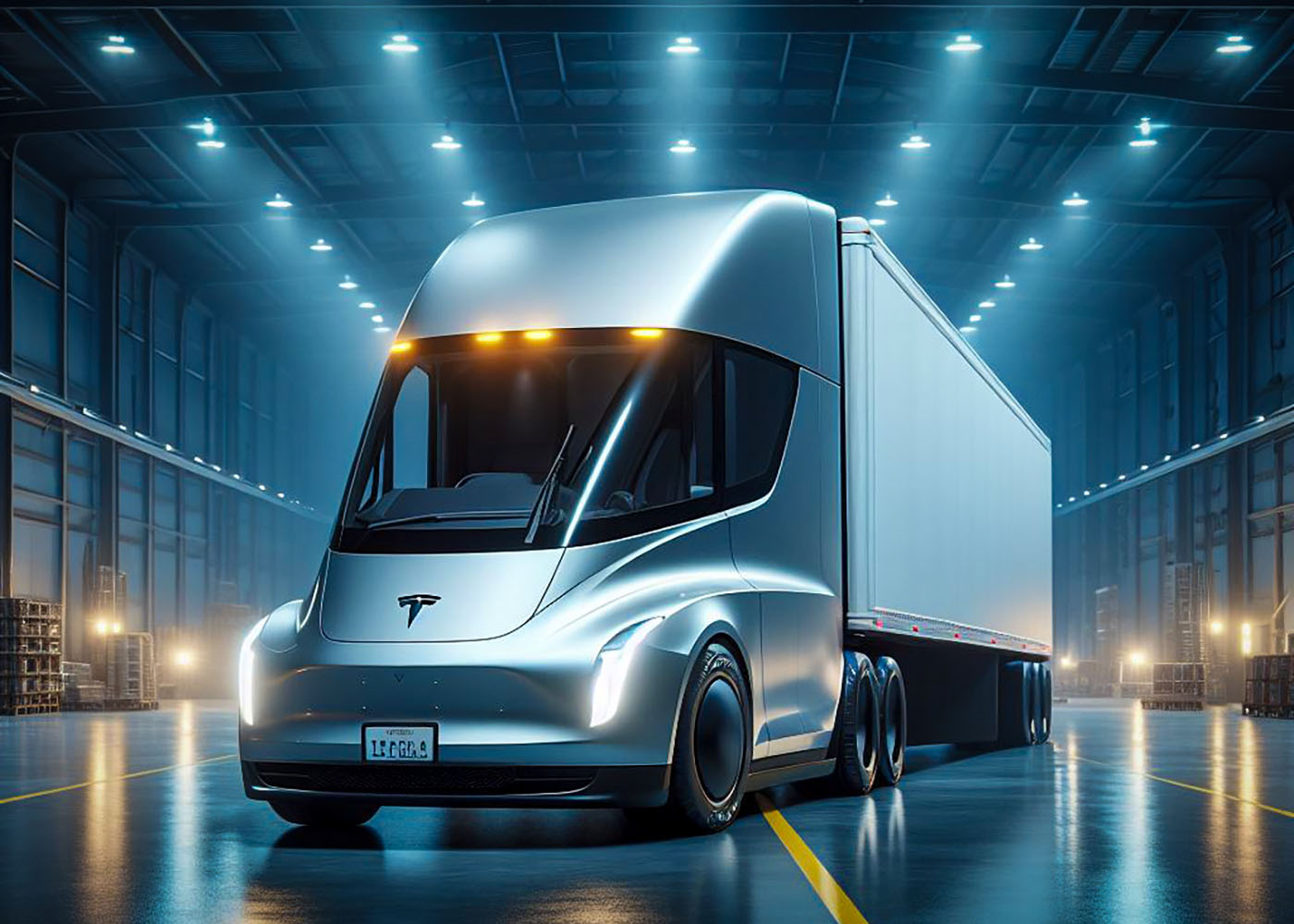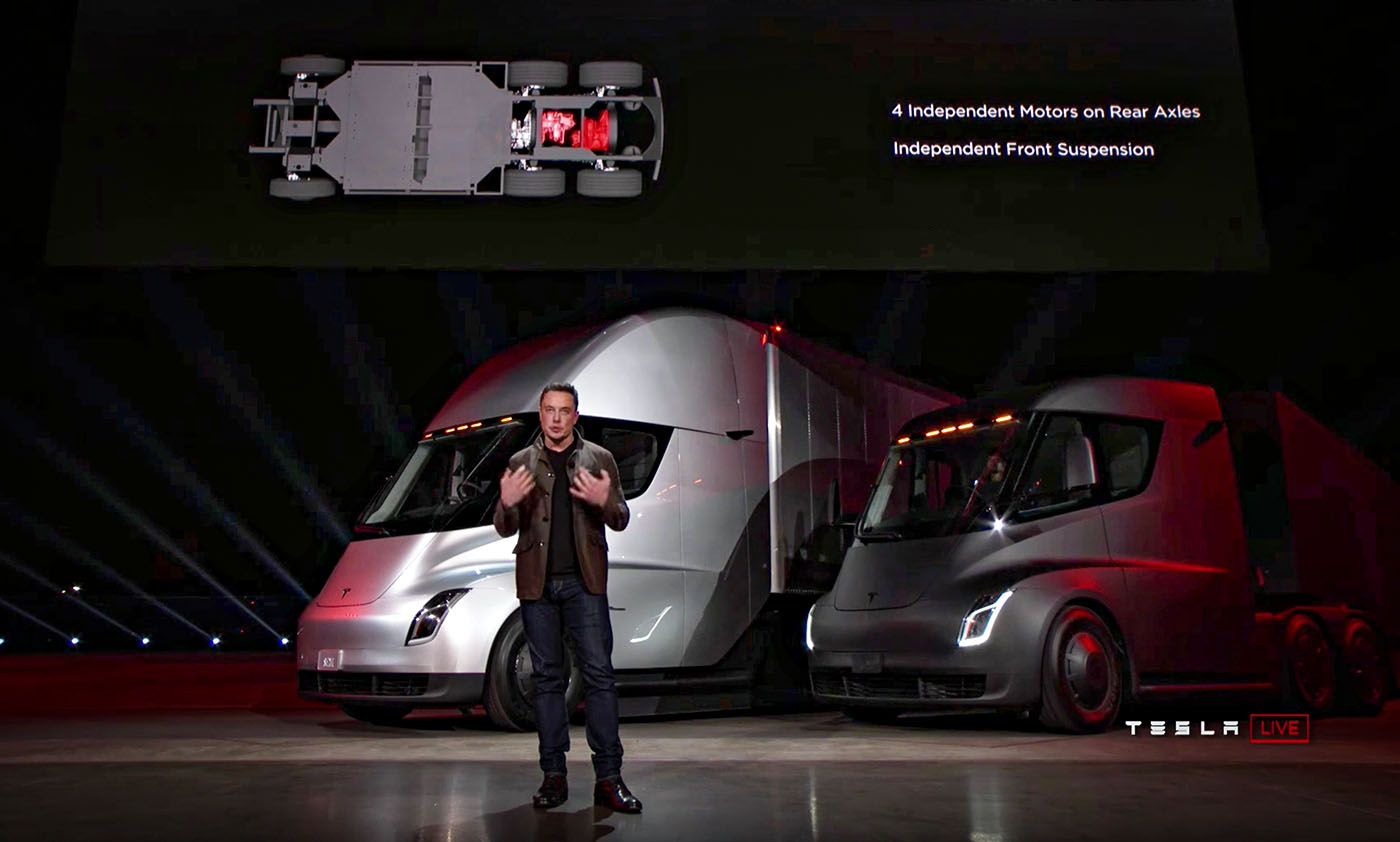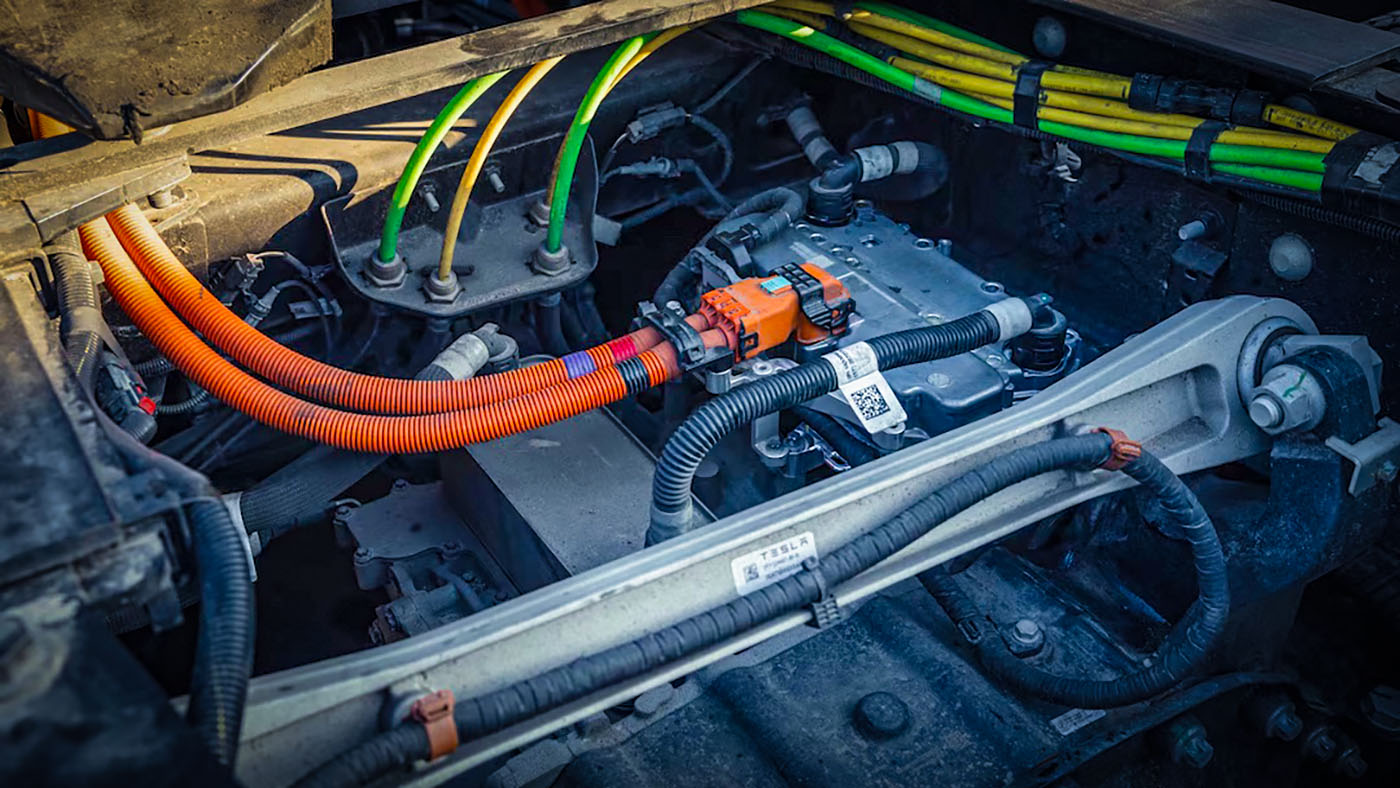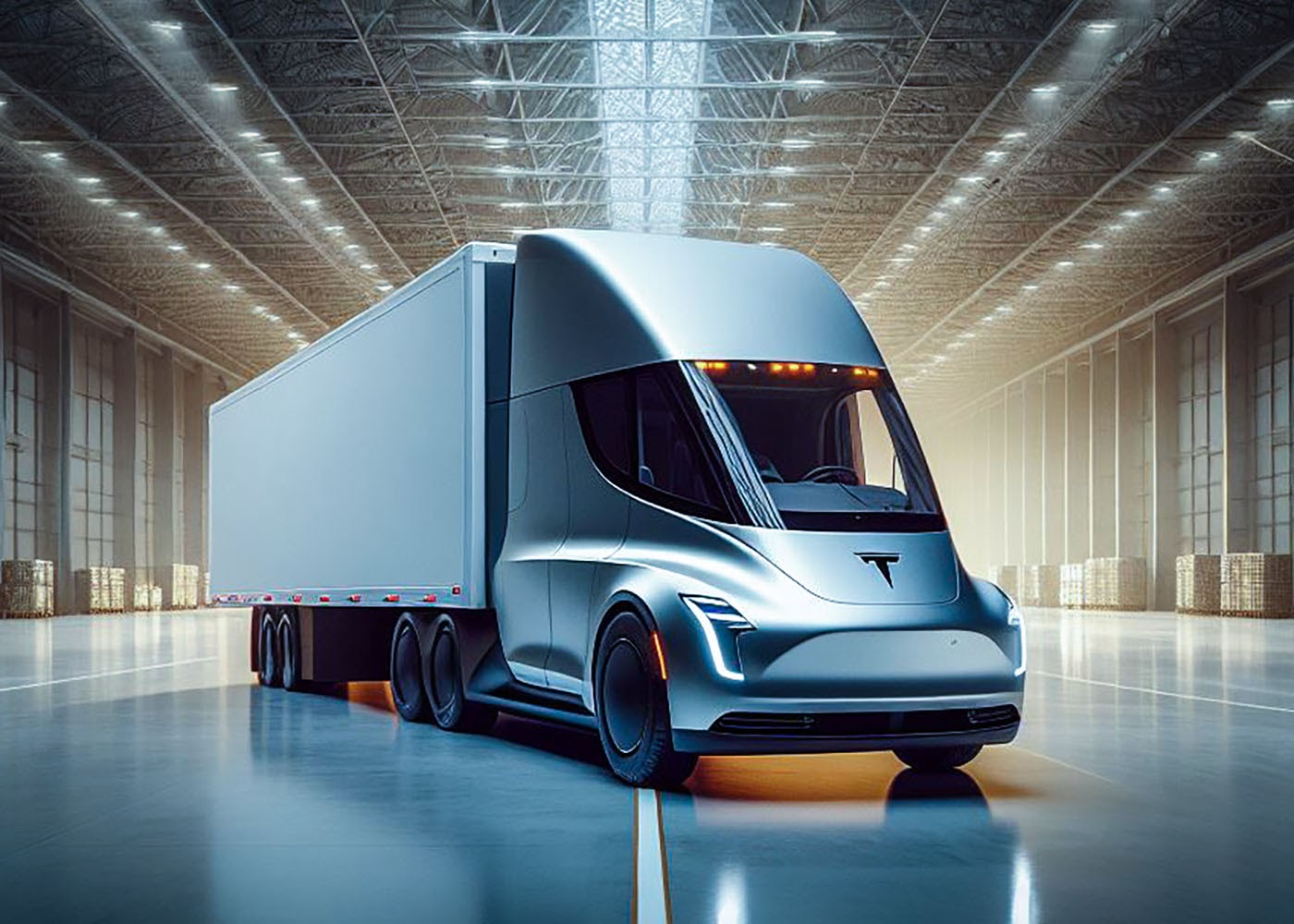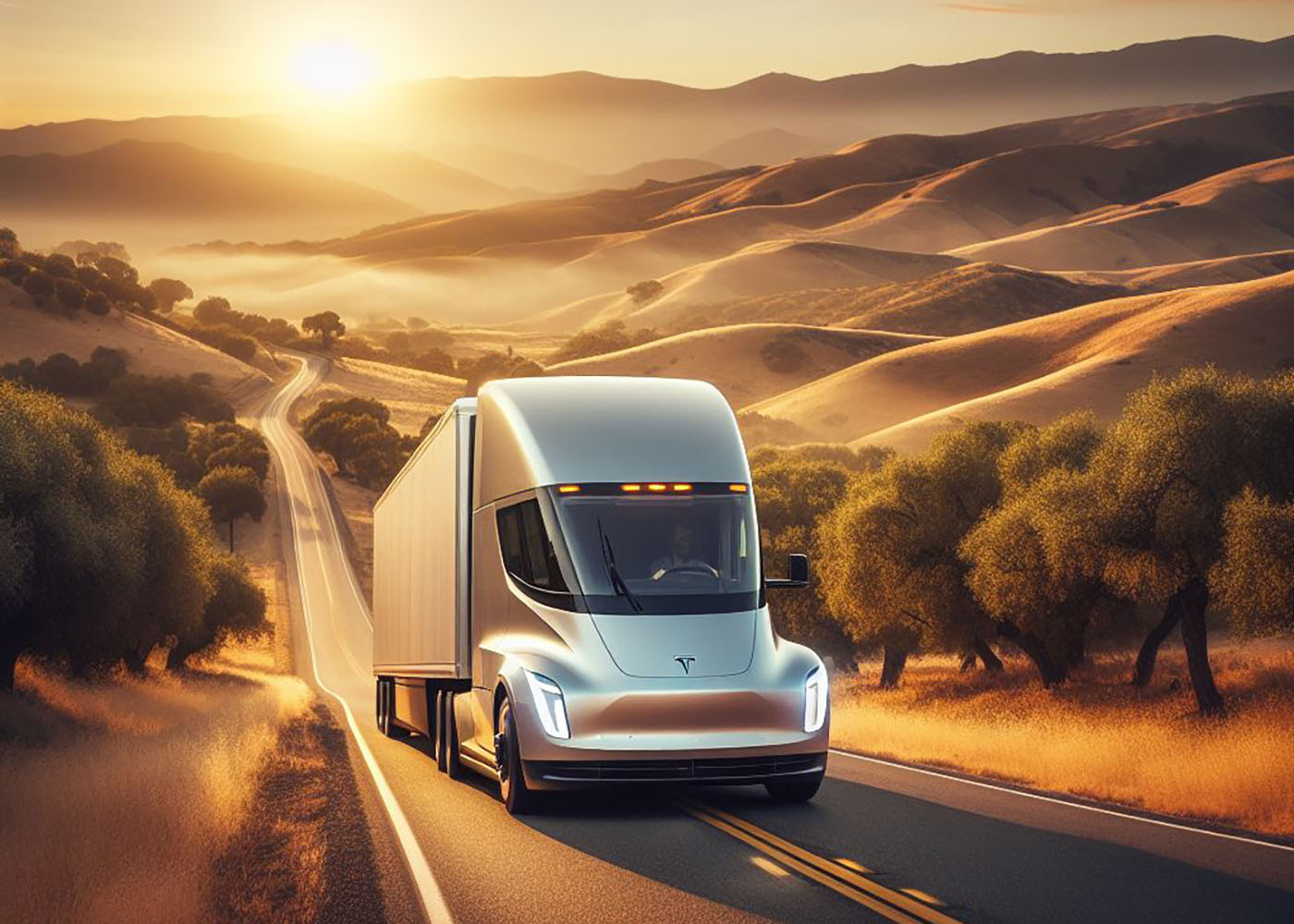When it comes to revolutionizing the automotive industry, Tesla never fails to deliver groundbreaking innovations. One of the most highly anticipated additions to their lineup is the Tesla Semi. This electric-powered truck is set to change the game in the world of commercial transportation. With its impressive features and capabilities, the Tesla Semi is not just a truck; it's a glimpse into the future of transportation.
The Birth of a Titan: How the Tesla Semi Came to Be
Elon Musk, known for spearheading innovative ventures that challenge the status quo, introduced the world to the Tesla Semi in a grand unveiling in 2017. The genesis of this electric behemoth was spurred by a growing awareness of environmental degradation and the urgent need for sustainable alternatives to fossil fuel-dependent vehicles.With the trucking industry being a significant contributor to carbon emissions, Musk and his team at Tesla Inc. envisioned the Tesla Semi as a beacon of progress in the movement towards cleaner, renewable energy sources.
This vision was driven by the dual goals of drastically reducing the carbon footprint of heavy-duty transport and shaking up the conventional trucking paradigm with a focus on efficiency and eco-friendliness.
The ambition behind the Tesla Semi extended beyond just creating an electric truck; it was about redefining what the future of transportation could look like. Leveraging Tesla's expertise in electric vehicle technology, the development of the Tesla Semi marked a bold step forward in realizing a more sustainable and environmentally responsible trucking industry, aligning with broader global efforts to combat climate change and transition towards greener energy solutions.
Under the Hood: The Powertrain That Drives the Future
Central to the Tesla Semi's unprecedented capabilities is its innovative electric powertrain, which distinguishes it from any heavy-duty transport vehicle on the road today.This powerhouse is equipped with multiple electric motors situated at the rear axle, each contributing to the Semi's robust acceleration and high performance. Unlike traditional trucks that rely on diesel engines, the Tesla Semi's electric motors ensure a near-silent operation, significantly reducing noise pollution and providing a markedly smoother ride.
What truly sets the Tesla Semi apart is its ability to maintain peak performance over long distances, a feat achieved through advanced battery technology and efficient energy use. This electric powertrain is not just about propulsion; it's a testament to Tesla's commitment to merging power with sustainability.
It delivers the torque needed for heavy loads right from a standstill, enabling the Semi to outperform diesel counterparts in both speed and safety.
Moreover, the integration of this powertrain with Tesla's regenerative braking system adds another layer of efficiency, capturing energy typically lost during braking and converting it back into usable power. This not only extends the range of the Semi but also decreases wear and tear on the brakes, showcasing how the vehicle's core technologies are interwoven to enhance its overall performance and reliability.
Charging Into the Future: How the Tesla Semi Stays Powered
Navigating the challenge of keeping electric vehicles energized for the long haul, Tesla innovated a solution with its proprietary Megacharger network.This dedicated infrastructure is engineered to replenish the Tesla Semi's batteries rapidly, ensuring minimal downtime and maximizing efficiency for long-distance trucking.
Envisioned to be strategically located at key points along major freight routes, these Megachargers are designed to provide the Tesla Semi with enough power for approximately 400 miles in just 30 minutes of charging.
This breakthrough in charging technology is a game-changer, effectively addressing one of the most significant barriers to electric vehicle adoption in the commercial sector.
The Megacharger network not only supports the Tesla Semi's promise of delivering a range of up to 500 miles on a full charge but also underscores Tesla's commitment to building a sustainable ecosystem that facilitates the seamless integration of electric trucks into the existing transportation infrastructure.
By leveraging this innovative charging solution, Tesla is not just powering the Semi; it's propelling the entire trucking industry toward a more sustainable and efficient future, free from the constraints of traditional fuel sources.
On the Road: Performance and Handling Unveiled
The Tesla Semi shatters expectations for electric vehicle performance, making it a standout in the realm of heavy-duty transport. Its ability to go from 0-60 mph in a mere 5 seconds without a trailer, and only 20 seconds when fully loaded with an 80,000-pound cargo, is a testament to the sheer power and efficiency packed into its electric powertrain.This remarkable acceleration is made possible through the sophisticated engineering of its multiple electric motors, ensuring that power delivery is both instant and consistent, regardless of the load it carries.
Beyond straight-line speed, the Tesla Semi also excels in handling and stability, a crucial aspect for vehicles of its size. Its design incorporates a low center of gravity, thanks to strategically placed battery packs. This not only enhances safety by reducing the risk of rollovers but also improves the overall driving experience by offering superior handling characteristics compared to conventional diesel trucks.
Enhanced by aerodynamic features that cut through air resistance, the Semi's performance on the road is both smooth and responsive.
Moreover, the integration of Tesla's advanced driver-assistance systems further refines the driving experience, allowing for a level of control and safety that sets new benchmarks in the commercial trucking sector. This combination of speed, stability, and smart technology ensures that the Tesla Semi is not just leading the charge in electric transportation but redefining what's possible on the road for heavy-duty vehicles.
Safety First: The Tesla Semi's Cutting-Edge Features
The Tesla Semi elevates safety standards in commercial trucking through its suite of advanced technologies. Engineered with a suite of autonomous driving aids, this electric titan ensures optimal safety on the highways.Features like automatic emergency braking are designed to prevent accidents before they occur, while lane-keeping assistance helps maintain the truck in its rightful lane, thereby reducing the risk of side-swiping and other common road mishaps.
The Semi also incorporates a sophisticated collision avoidance system, capable of detecting potential hazards and taking preemptive action to mitigate risks.
Further enhancing safety, its design prioritizes a low center of gravity, inherently stabilizing the vehicle and diminishing the chances of rollovers. Coupled with enhanced stability control, these features work in concert to safeguard the driver, the load, and other road users, illustrating Tesla's unwavering commitment to making commercial transport as safe as it is sustainable.
The Environmental Impact: A Greener Way to Transport Goods
The Tesla Semi is at the forefront of transforming the logistics and freight industries into more sustainable sectors.By transitioning away from diesel-powered vehicles, which are notorious for their significant carbon emissions and particulate pollution, the Semi offers an eco-friendly alternative that could drastically reduce the environmental footprint of trucking. Its electric nature means zero tailpipe emissions, directly contributing to cleaner air and a reduction in greenhouse gases that are accelerating climate change.
What's more, the Tesla Semi's reliance on electric power opens the door to utilizing renewable energy sources, such as solar or wind power, for charging. This potential shift towards renewables not only amplifies the Semi's positive environmental impact but also aligns with global efforts to curb reliance on fossil fuels.
The reduced noise pollution is another noteworthy benefit, contributing to quieter highways and lessened impact on communities located near busy transport routes.
Critically, the introduction of the Tesla Semi symbolizes a significant step in rethinking how goods are moved efficiently and sustainably. Its emergence challenges the status quo, encouraging other manufacturers and logistics companies to consider the long-term environmental benefits of electric vehicles. By leading through example, Tesla is catalyzing a movement towards greener transportation methods in an industry traditionally dominated by diesel engines, showcasing that sustainability and performance can indeed go hand in hand.
Looking Ahead: The Road to Adoption and the Future of Trucking
The trajectory of the Tesla Semi towards widespread acceptance within the commercial trucking landscape is increasingly visible. Prestigious firms like Walmart and PepsiCo have taken the lead, signaling industry confidence by integrating these electric behemoths into their fleets.This surge in interest not only highlights the market's readiness for sustainable solutions but also underscores the economic viability and operational efficiency offered by electric trucking.
The compelling blend of lower operating costs, reduced environmental impact, and enhanced performance presents a persuasive case for businesses to transition from traditional diesel. As regulatory pressures for greener transportation mount and public demand for sustainability grows, the Tesla Semi stands at the cusp of igniting a transformative shift in the logistics sector.
The advent of this electric titan heralds a future where freight transportation aligns with environmental stewardship, propelling the industry towards a cleaner, more efficient frontier.
The journey of the Tesla Semi from concept to reality epitomizes innovation and resilience, offering a blueprint for the evolution of trucking in harmony with the planet. As the infrastructure to support electric vehicles expands and technology continues to advance, the Tesla Semi's path to becoming a mainstay in global logistics seems not just probable but inevitable, marking a new chapter in the annals of commercial transportation.

